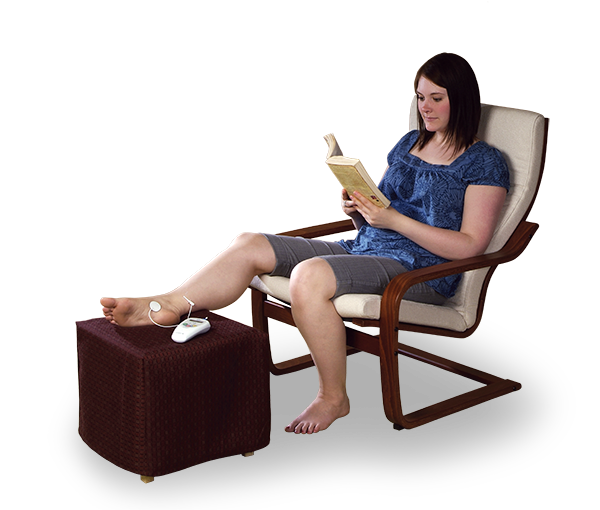Incontinence of Urine/Stool
Urine or stool Incontinence
Urine or stool Incontinence can be a frustrating and a life-altering problem. Not only does it cause embarrassment and limit one’s activities, it can also lead to further medical concerns like skin breakdown and infections. Holly Kay Wyneski MD provides a specific diagnosis and comprehensive treatment, which may include lifestyle changes, pelvic floor physical therapy, a pessary, or a surgical procedure or intervention.
Lifestyle Modification
This is a very safe, and cost- and result-effective way to manage incontinence. Simple changes in voiding patterns, fluid intake, dietary habits, and bowel management can eliminate or significantly improve incontinence. For some patients, losing weight can contribute to alleviating incontinence. As little as 10% weight loss can make a significant difference.
Pelvic Floor Physical Therapy
Sometimes pelvic floor muscles are weak, too tight, or not functioning as they should. Our physical therapists are trained to treat pelvic floor muscles to help you strengthen, relax, and improve the function of your pelvic floor. This usually involves an initial evaluation that takes about 45 minutes, followed by a schedule of sessions tailored to your convenience. Therapy often complements other treatments such as lifestyle modification, medication, and even surgical intervention.
Pessary
A pessary is a silicone appliance fitted into the vagina. It helps put external pressure against the urethra and keep urine inside the bladder during increases in abdominal pressure, like when you cough, laugh, sneeze or exercise. It can be a great conservative treatment for incontinence, and can be easily removed, cleaned, and worn according to the patient’s convenience. Fitting for a pessary takes about 45 minutes and is done in our clinic.
Surgical Intervention
Some patients prefer not to have physical therapy or a vaginal pessary, and others may just have not found success in either. In these situations, we provide other interventions, including midurethral slings, botox therapy, interstim treatment, or peripheral tibial nerve stimulation.
Midurethral Sling
A midurethral sling is a very effective surgical treatment for “stress incontinence.” This is leakage that occurs with increased abdominal pressure, such as when you cough, sneeze, laugh or exercise. The treatment is approximately 95% successful and has minimal complications. It is done in the outpatient setting. The procedure takes about half an hour, and the patients can go home about 2 hours following the procedure.
Botox
PTNS

